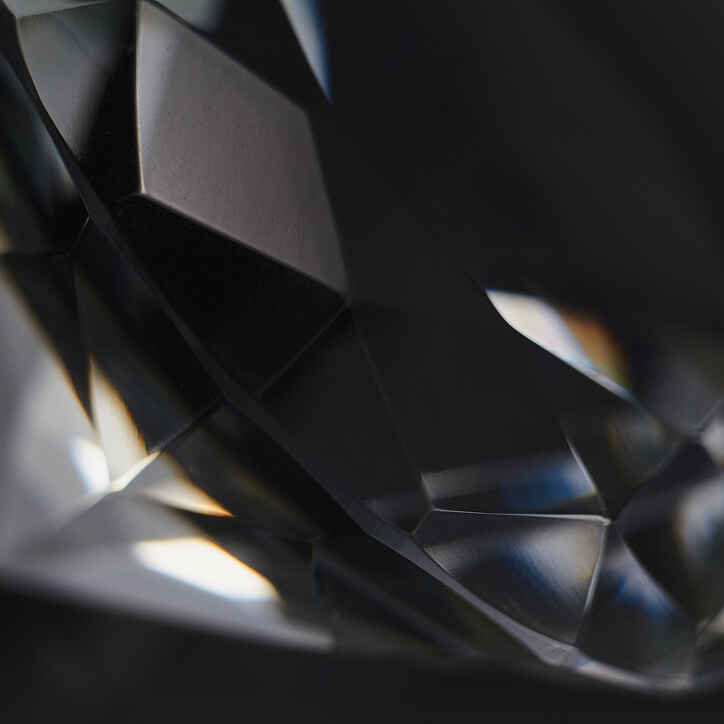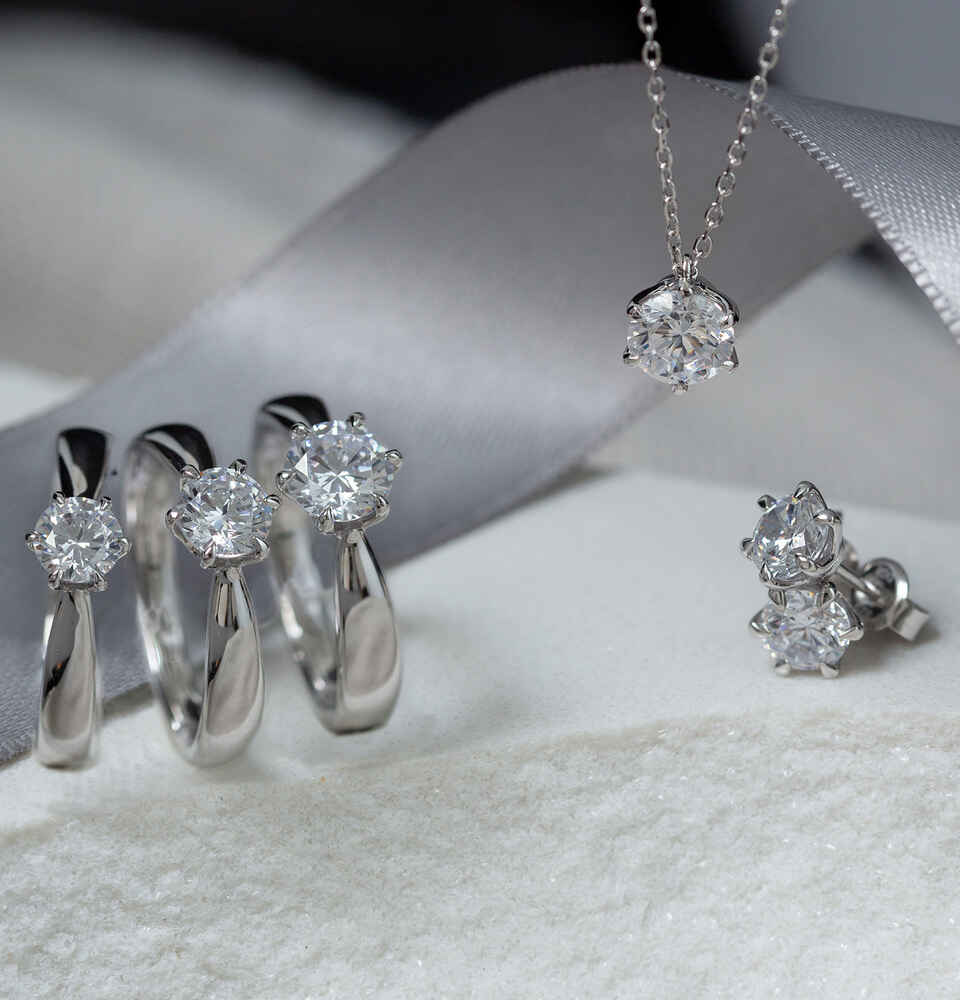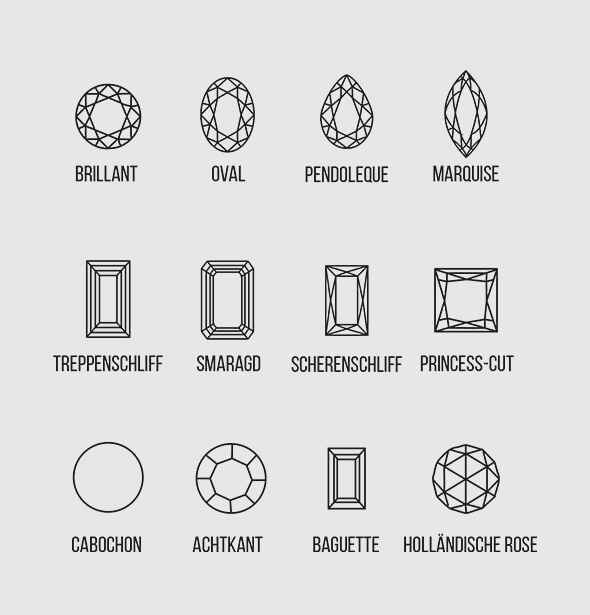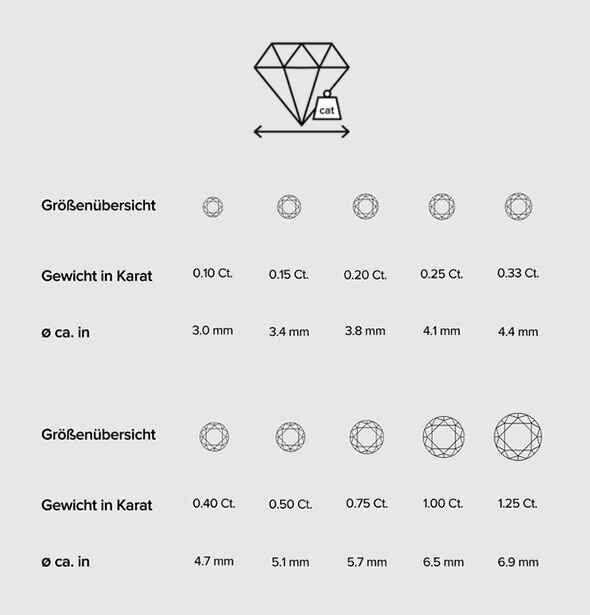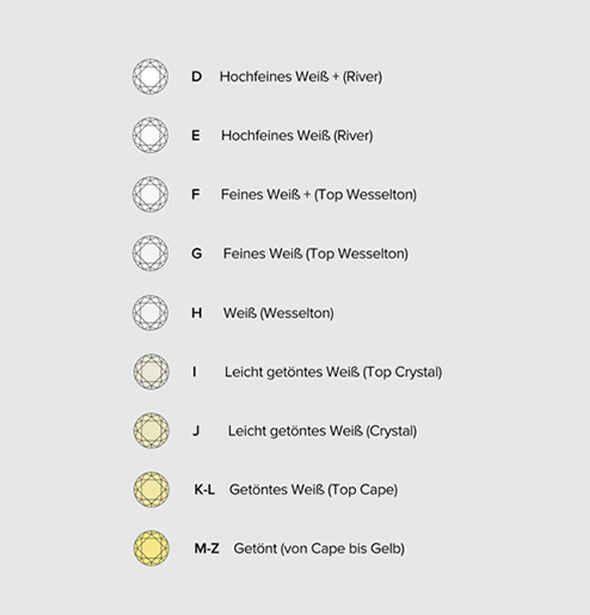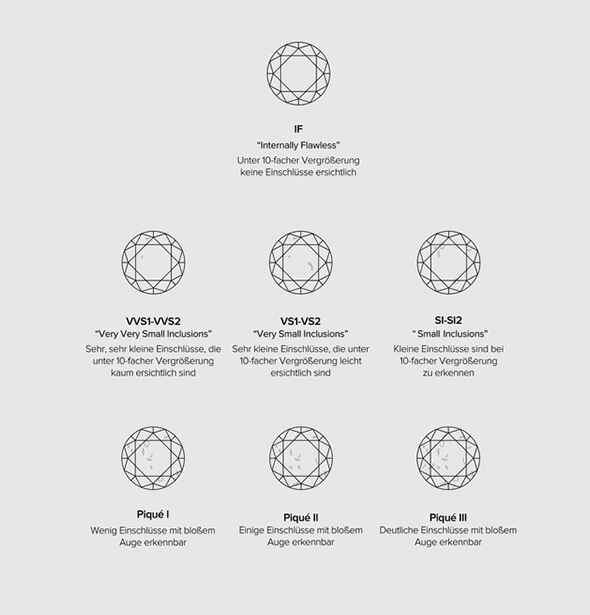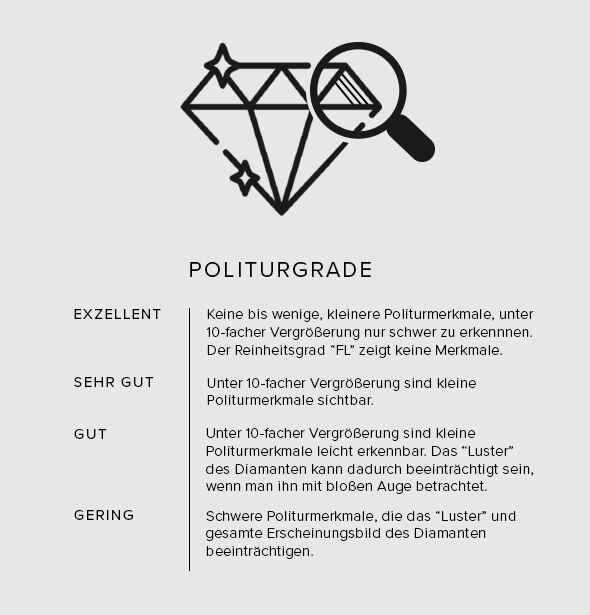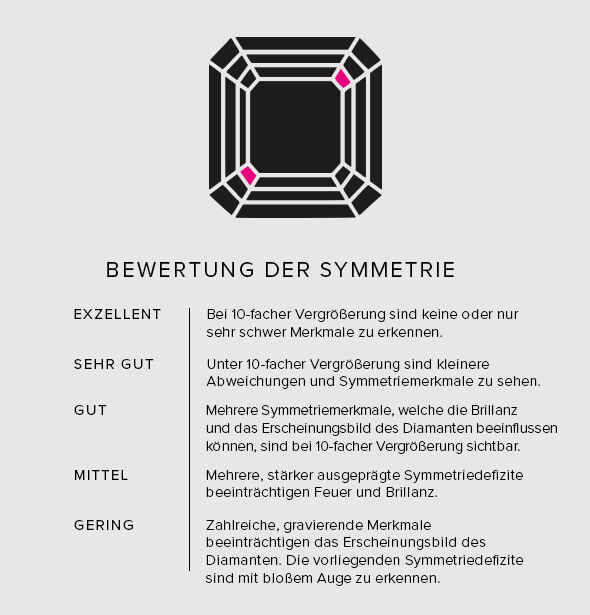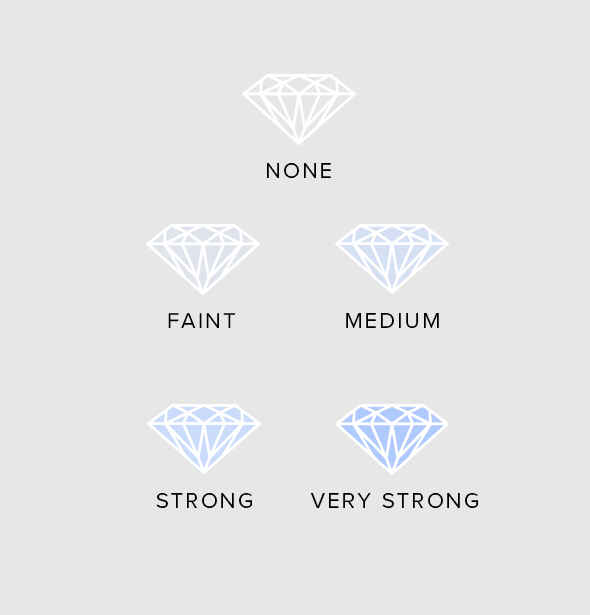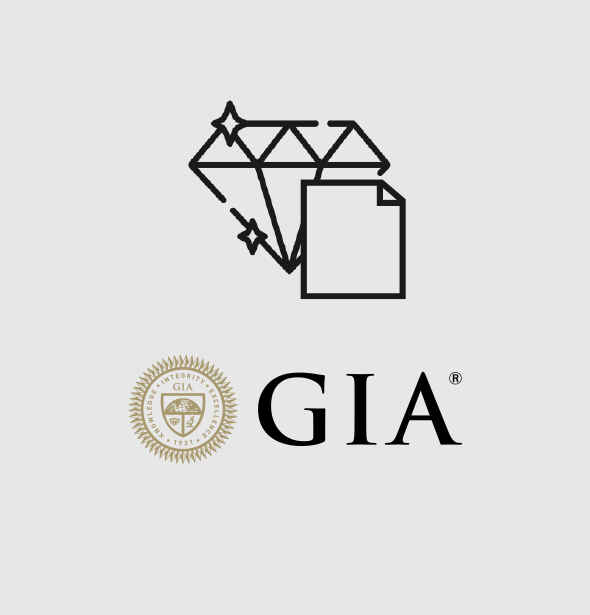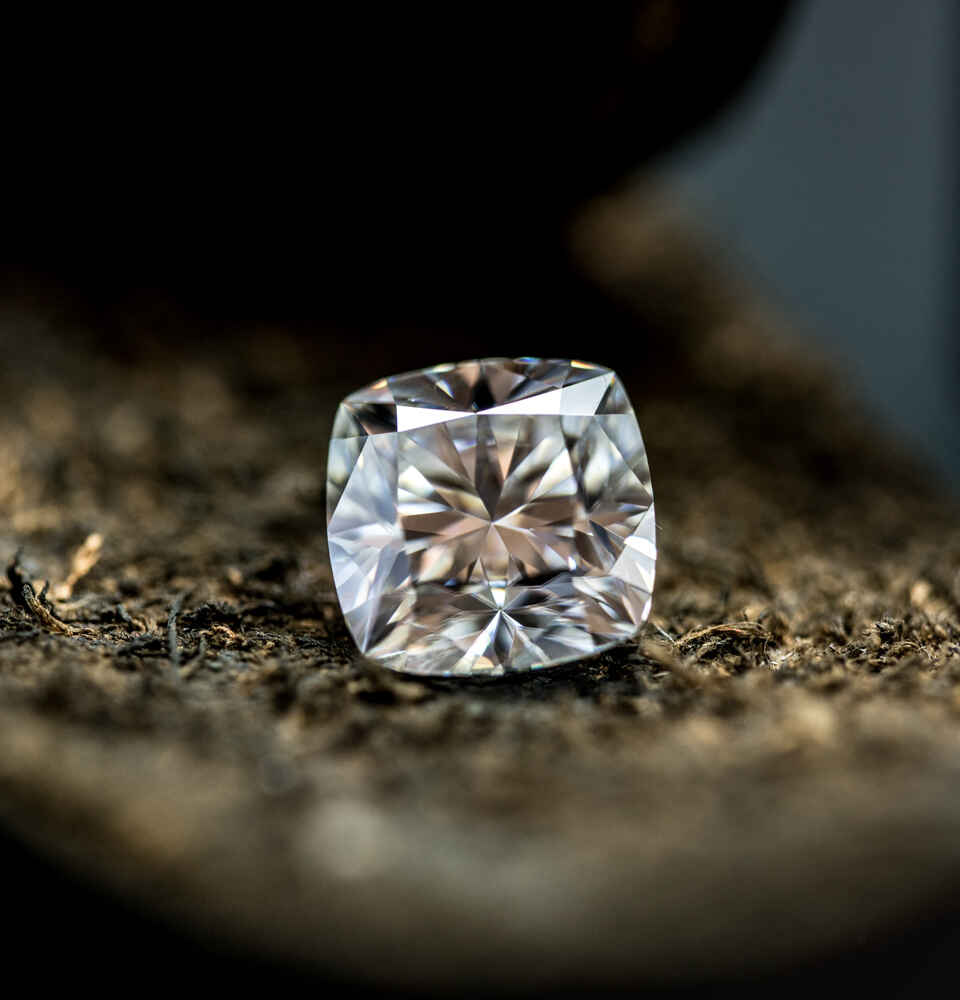Item no. 168253244
available
Brogle price
(Answer within 30 minutes)
or

Details of the diamond
Item number
168253244
Fluorescence
Faint
Shape
Brilliant
Depth %
59,3 %
Carat
0.37
Taffle %
61 %
Color
E
Rundiste
-
Clarity
VS1
Calette
N
Cut
Excellent
Measurement
4,66 x 4,7 x 2,77 mm
Polish
Excellent
Symmetry
Very good
Brilliant, 0.37 Carat, E, VS1, Excellent
Loading...
available
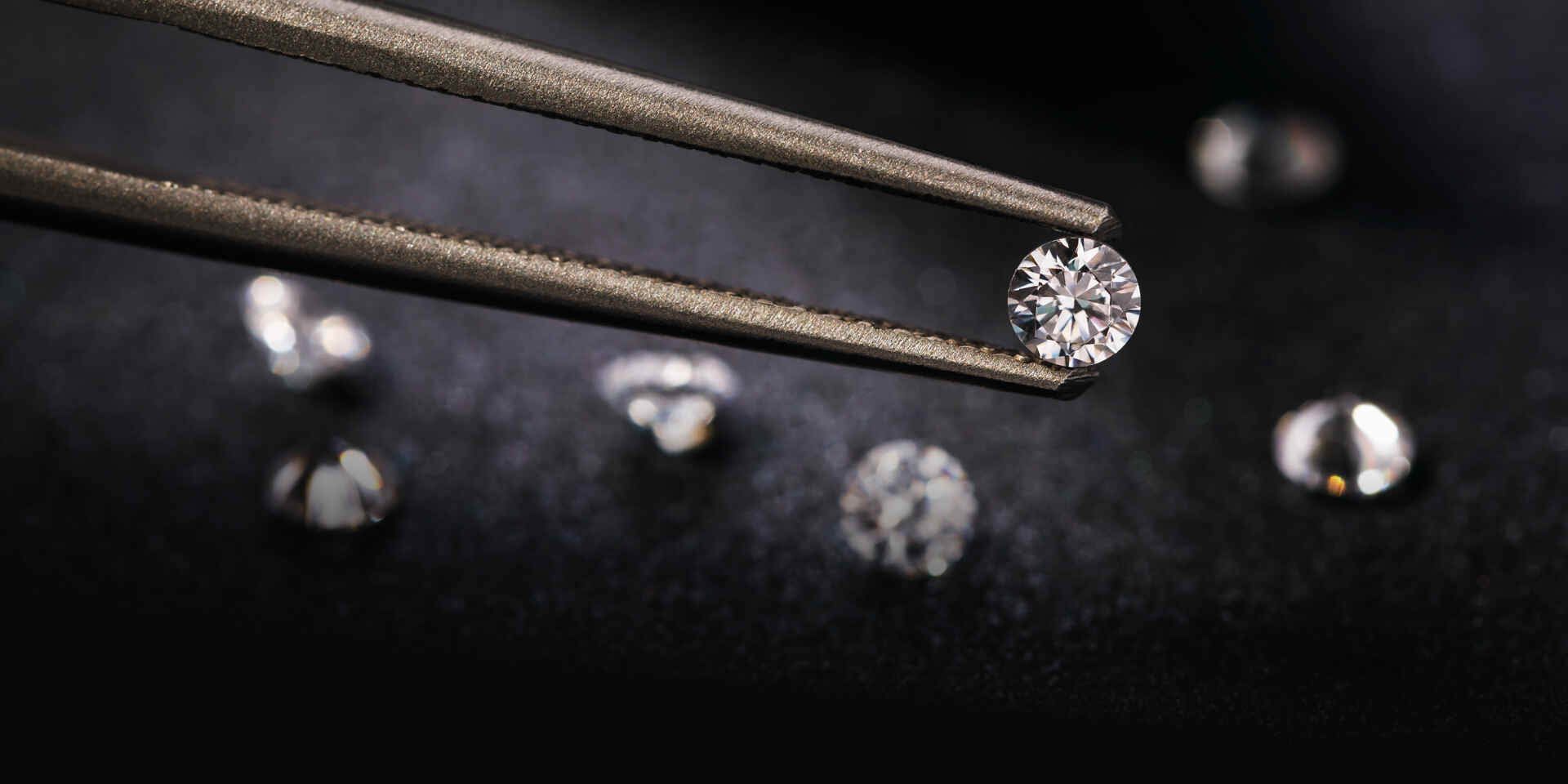
If you want to buy diamonds, it is important that you can determine the quality of your investment or diamond jewelry. This succeeds if you know which aspects you should pay attention to. The most common classification takes place according to the so-called 4Cs, which we explain in detail in our guide. In addition, there are other important criteria, such as the fifth C, the indispensable certificate, as well as, for example, the indicators cut finish in brilliant diamonds, symmetry, polish and fluorescence. Also, investment diamonds should always be untreated. Here it quickly becomes clear: A diamond as an investment must necessarily meet other criteria than a pure jewelry stone.
Diamonds. A metric carat weighs exactly 0.2 grams. This unit of measurement should not be confused with the carat, which is used to measure gold content. The more carats a diamond has, the higher its value compared to diamonds of the same valuation. However, it should be noted that the price of the gemstone does not increase proportionally with its weight, but exponentially. A two-carat diamond, for example, is worth more than two one-carat diamonds of the same grade because of its rarity. How many carats you should bet on depends on various factors, we will be happy to advise you personally.
Most diamonds have inclusions, small features that occur naturally. The smaller these are, the better the diamond can reflect incident light and the purer it appears. Flawless diamonds are classified as flawless and have a very high value because no inclusions can be seen in these gemstones, even when magnified ten times by trained gemologists.
Diamonds are usually colorless or nearly colorless and are especially valued when they appear without any tint. These completely colorless diamonds are very rare and only they can refract incident light throughout the color spectrum. The color of a diamond is determined by an internationally accepted grading scale. Diamonds in the colors D (high fine white+) to G (fine white) are particularly valuable, except for rarities in intense natural colors. These colorings are caused by inclusions in the stone, such as silicon or nitrogen, and range from transparent blue-white to dark brown.
Each cut changes a diamond and its value. This refinement is about producing the best brilliance and color decomposition. Ideal as an investment diamond is the brilliant cut, as it best brings out the fire of the diamond, that is, the refraction of the incident white light into its spectral colors. It also gives the most detailed criteria for determining its quality. Other cuts include princess or marquise. The quality of this diamond cut is rated from poor to excellent. Also measured on this scale is the symmetry of the cut, as well as the polishing that is done to complete the processing.
